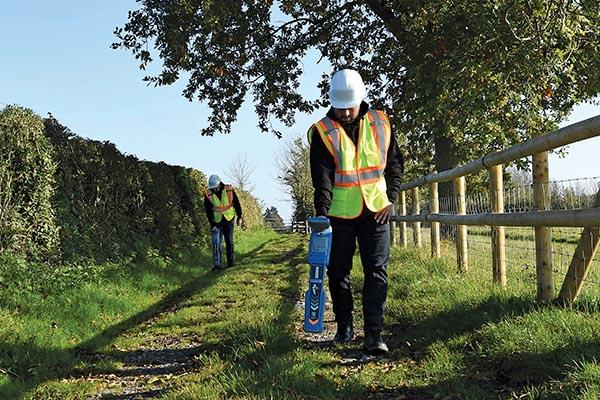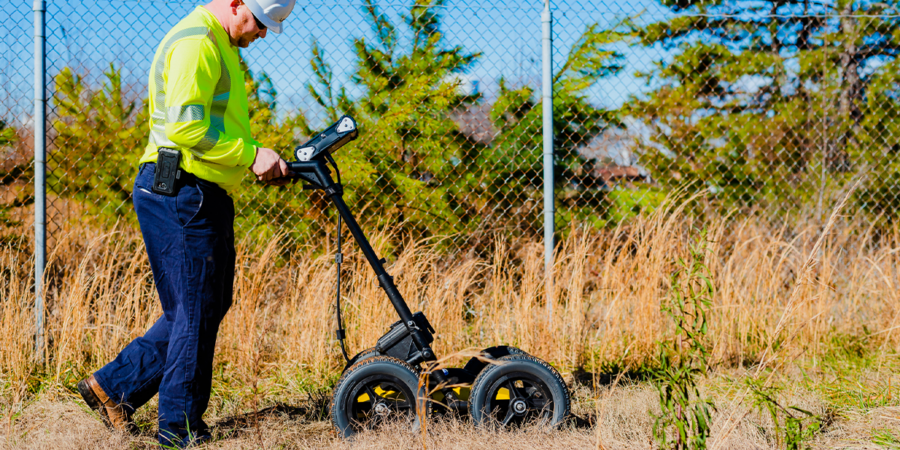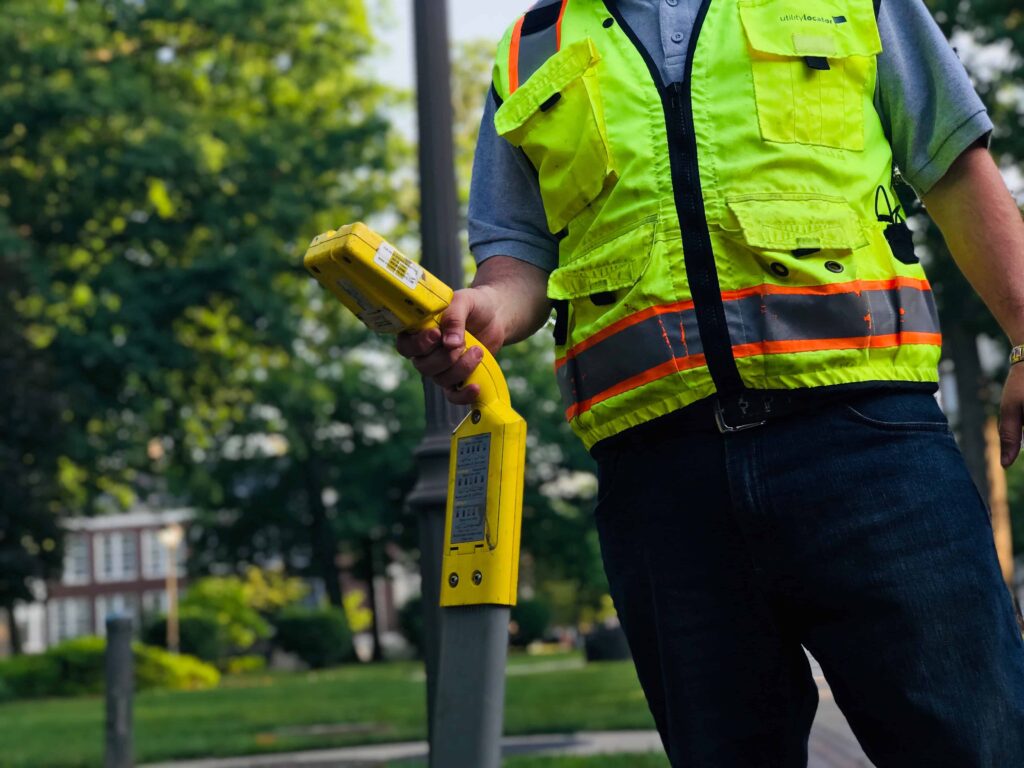Industrial and construction jobs are becoming less tedious and significantly easier, and we owe it all to technology. Many processes are becoming less labour-intensive and repetitive, which leads to people having safer and healthier jobs.
For instance, in the past, electrical safety testing was carried out manually, which was both time-consuming and unreliable. You can perform these tests now in a fraction of the time with higher accuracy thanks to modern test and tag equipment designed to provide a reliable assessment of electrical safety.
Similarly, just a couple of decades ago, people used a variety of manual techniques and tools to find buried services. This sometimes required trial and error digging, which was time-consuming and dangerous. Fortunately, with the introduction of new technology, the detection of underground utilities has become considerably more efficient and accurate.
What is a Pipe and Cable Locator?

A buried services locator is a device used in a variety of tasks requiring precise info on the location and depth of pipes, cables, and other utility lines. Construction and excavation, surveying and mapping, and repair and maintenance operations are some of the most common applications where this type of equipment is deemed helpful. These devices eliminate the need for manual digging while reducing the risk of property damage, service disruption, and costly repairs.
Since the obtained information is highly accurate and reliable, it can be used as a foundation for project planning and execution, and is crucial for reducing the likelihood of unexpected delays and costs. If you’re in the market for a utilities locator for your business let’s explore some of the most recent trends in this field.
What Are the Latest Trends in Underground Locators?

Underground utility equipment isn’t a new concept, but it has evolved significantly in recent years. There is a progressive trend towards user-friendly and intuitive interfaces and software. The designs are becoming more ergonomic and lighter in weight for ease of use, resulting in a more comfortable and convenient overall experience.
As these devices need to provide more accurate and detailed mapping of buried services, built-in GPS is gradually shifting from a trend to an industry standard. Some of the most innovative locator models incorporate sophisticated signal processing algorithms for increased sensitivity. Furthermore, modern locators now have a multi-frequency functionality, allowing for the detection of different utility types.
WiFi connectivity is another of the more recent features, used to facilitate remote real-time communication between different teams. Underground locators have also advanced in terms of durability over the last decade. Higher-end models are made from tough, weather-resistant materials to withstand harsh conditions and heavy-duty use.
Does this mean that the price is galloping upward as well? The thing is, groundbreaking equipment will always come at a certain price. However, if you were to compare prices from just a few years ago, you would see that locators have become more affordable and accessible. This makes it easier for small businesses and contractors to invest in these systems.
The field of underground utility detection is continually changing with the development of new technology. The demand for enhanced accuracy, efficiency, safety, and productivity may drive future trends and breakthroughs in this industry. The goal is to simplify and streamline the process of locating buried lines to further save businesses and contractors time and money.
What to Look for in a Utilities Locator?

When shopping for an underground utility locator, you want to make sure you’re getting the ultimate value and functionality, so look for a device that offers some of the following key features:
- Low, medium, and high frequencies i.e the ability to locate different services
- Built-in GPS and memory to keep measurement points on demand
- Automatic depth and current detection to eliminate the need for user intervention
- On-screen guidance for ease of use
- Compatibility with other equipment like sensors for detecting cable faults
- Several modes for easier detection of services
- Robust and durable housing with IP54 dust and water protection rating
Although this isn’t a complete list of desirable features, it should give you a general idea of what makes a good utilities locator for the job. Whether you’re a plumber, electrician, or utility worker, having the right device at hand will ensure your carry out your job correctly and safely.
As previously mentioned, advanced locators can be expensive. That is why you should explore different brands and manufacturers to ensure you are getting the most value for your buck. Some test equipment suppliers may offer flexible payment or finance options, which means you won’t have to settle for a lower-quality device just because it’s out of your determined price range.
Your Key Takeaway
The development of new, innovative underground locators has been extremely beneficial in various industries. These devices reduce the chance of property damages and injuries while allowing faster, more precise detection of buried services.
With cutting-edge systems slowly becoming more affordable, utility, telecommunications, and construction companies can also become more effective in completing their projects and meeting clients’ needs. Now that you know a bit more about these devices, It’s time to explore some of the latest models currently available on the Australian market.

